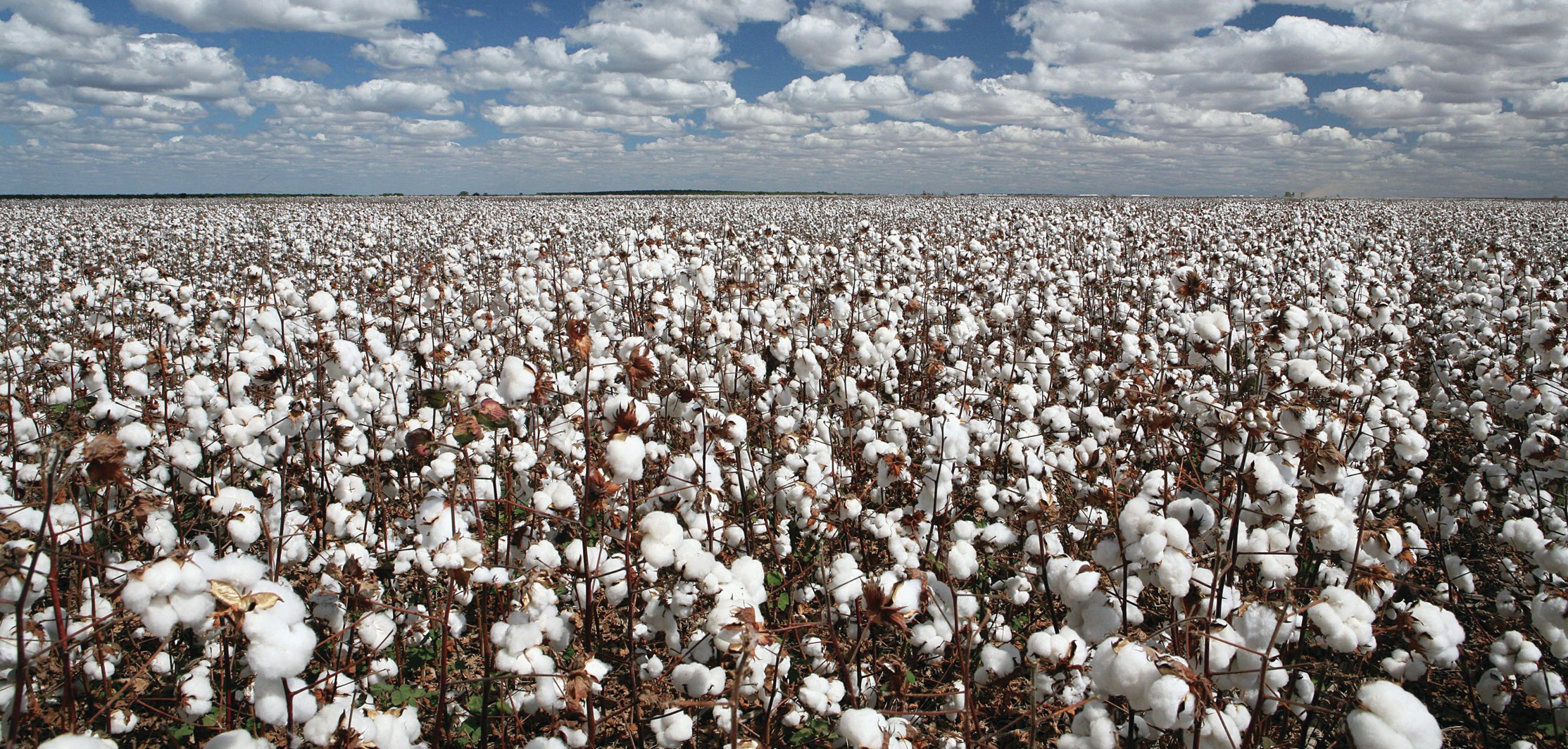
The clothing industry is an important sector in the world economy. In terms of raw materials, it uses a range of natural and synthetic fibres. The geography of the industry has changed in recent decades. Factories in Europe and North America have closed and production has been relocated to new centres in Asia.
In the UK a small number of large clothing retailers account for over 50% by value of clothing sales and are powerful enough to influence clothing supply chains. However, public awareness of social and environmental problems associated with these supply chains has challenged these retailers. This article looks at how the UK’s top ten clothing retailers (Inset 1) address sustainability issues (Inset 2) on their websites and in their stores. It offers some thoughts on the role of retailers and consumers in driving sustainability within the clothing industry.
Your organisation does not have access to this article.
Sign up today to give your students the edge they need to achieve their best grades with subject expertise
Subscribe




